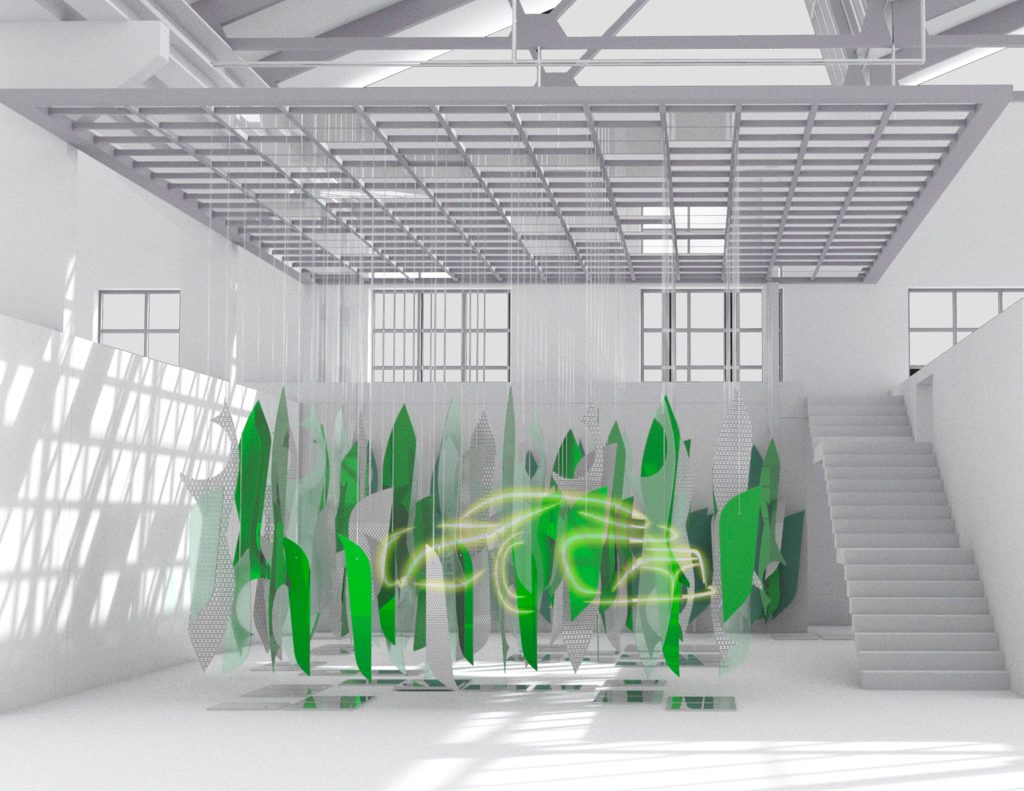The Lexus Design Award: Predicting What Comes Next
Some 1,100 entrants approach the tricky concept of “yet”

The Lexus Design Award and event is always one of the highlights of Milan Design Week—and 2017’s incarnation is no exception. The award celebrates design’s potential by reaching out to new voices around the world to see how we can solve problems through design. This year’s theme was around the concept of “Yet”, the idea of connecting two separate ideas by creating a surprising synergy.
This brief inspired 1,100+ entries from around the world, from which eight finalists and four prototype winners were selected. You read about Hiroto Yoshizoe’s PIXEL, which won the Grand Prix Award, here. We profiled another of the prototype winners, Jessica Fügler and her mentor Elena Manferdini.

The other eight finalist are worth looking into too as their designs were just as inventive. Eunjin Park’s Buoyant Measuring Spoons intended to help blind persons manage space. Paula Cerme Ño’s Platanaceae employed the potential of plant leaves for bandages. Benjamin Ward and Eric Schwartzbach of MODlab made Pod: Homeless Yet Home structures that seek to help the displaced. Evgeny Arinin’s Traffic Light System that seeks to streamline how we order cars in space. Ryo Katayama’s Paper Kettle found a way to boil water in paper by balancing the boiling points of both materials. Kuniko Maeda’s The Landscape Of Paper repurposes otherwise wasted paper into the basis for 3D structures. Takuro Sanda’s Retrospection Project / Time Tune Radio allows users to travel through time through a radio designed to broadcast past and present frequencies. TAKEHANAKE-Bungorogama—consisting of Yoshifumi Takehana, Bungo Okuda, and Akira Okuda—made Mass Production To Unique Items that creates unique ceramics via portable kiln.

Accompanying the finalists is the work of Neri Oxman and the Mediated Matter Group in collaboration with Lexus and the MIT Media Lab. Oxman and company created a series of 3D printed glass lighting structures titled GLASS II that hint at the capabilities of printed objects. The installation includes three three meter high printed pillars that each have an interior traveling light that show off the many ways these objects can shine. Oxman and her team’s creation exemplify how creative design paired with technology can yield beautiful, functional results.
The showcase is one of Milan Design Week’s biggest exhibitions—and is a symbol of the world’s best designs yet to come.
Images courtesy of Lexus












